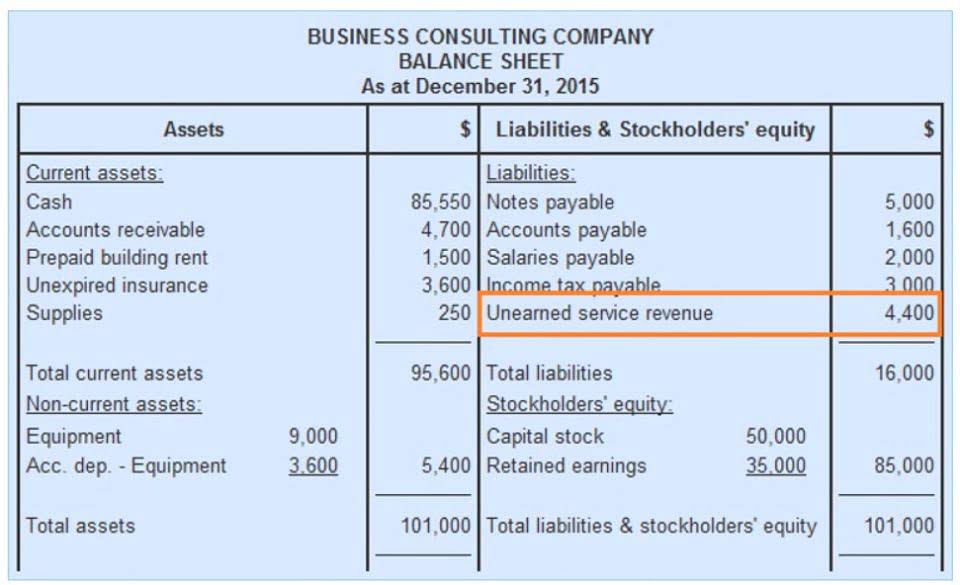
Conversely, bonds with lower coupon rates often sell for less than par, making them discount bonds. Because the purchase price of bonds can vary so widely, the actual rate https://www.bookstime.com/ of interest paid each year also varies. The effective interest method of amortization causes the bond’s book value to increase from $95,000 on Jan. 1, 2017, to $100,000 prior to the bond’s maturity.

How to Calculate Effective Interest Rate

The Effective Interest Method is a technique used for amortizing bond premiums and discounts, providing a more accurate representation of the actual interest rate that applies to the bond during each accounting period. By understanding and applying the effective interest rate, stakeholders can make more informed decisions regarding their investments and financial strategies. It’s a key component in the toolkit of financial analysis and plays a pivotal role in the effective interest method of accounting for bonds. By considering these steps, one can appreciate the mathematical rigor involved in discounted bond accounting. It’s a fascinating interplay between finance and mathematics that underscores the importance of precision and understanding in accounting practices. The effective interest method, while complex, provides a systematic and theoretically sound approach to bond accounting that aligns with the economic realities of lending and investment.
What Method Is Preferred for Amortizing a Bond?

After almost a decade of experience in public accounting, he created MyAccountingCourse.com to help people learn accounting & finance, pass the CPA exam, and start their career. Note that the last amortization amount was adjusted slightly to fully amortize the premium. The key advantage of EIRM is that double declining balance depreciation method it aligns the reported interest expense with the economic cost of borrowing. This article walks through how the method works, why it’s preferred over the straight-line approach, and how to apply it with real numbers. The startup ecosystem is a dynamic and multifaceted environment where entrepreneurs, investors,…
- This approach contrasts with the straight-line method, which would recognize the same amount of interest expense each year, regardless of the bond’s decreasing book value.
- If a corporation that is planning to issue a bond dated January 1, 2024 delays issuing the bond until February 1, the corporation will not have interest expense during January.
- The startup ecosystem is a dynamic and multifaceted environment where entrepreneurs, investors,…
- The effective interest method ensures that the interest expense and bond carrying value reflect economic reality, providing a more accurate picture of a company’s financial health.
- Picture an entity that acquires a bond for £70,000 originally issued with a face value of £100,000.
Understanding Goodwill in Balance Sheet – Explained
The rate takes into account the effect of compounding interest along with all the other costs that the borrower assumes for the loan. For example, if a bond with a face value of $10,000 is purchased for $9,500 and the interest payment is $500, then the effective interest rate earned is not 5% but 5.26% ($500 effective interest method divided by $9,500). For example, effective interest rates are an important component of the effective interest method.
How do you convert annual interest rate to daily rate?
- This can lead to discrepancies in reported earnings, especially for bonds with significant premiums or discounts.
- You’ll get accustomed to the application of the Effective Interest Method in amortisation, appreciate its benefits and limitations, and further deep dive into its key components and complexities.
- By periodically adjusting the carrying amount of the investment for the interest accrued, investors can ensure that the interest income recognized in each period matches the economic reality of the investment’s performance.
- The effective interest method is a critical accounting principle that ensures the accurate reporting of interest income or expense over the life of a financial instrument.
- Suppose we’re tasked with comparing the effective interest rates of four different loans, each with the same nominal interest rate (6.0%) but different compounding frequencies.
- From the perspective of an accountant, the effective interest method provides a more accurate reflection of the cost of borrowing over time.
Whether you’re a borrower, lender, or investor, comprehending how amortization works allows for accurate financial reporting and decision-making. So, the next time you come across amortization, you’ll have a solid foundation to unravel its intricacies and appreciate its significance in the world of finance. The accounting method under which revenues are recognized on the income statement when they are earned (rather than when the cash is received). When a bond is sold at a discount, the amount of the bond discount must be amortized to interest expense over the life of the bond.
- Where \( EIR \) is the effective interest rate, \( i \) is the stated annual interest rate, and \( n \) is the number of compounding periods per year.
- Every financial instrument carries a rate of interest, which is called a coupon rate paid annually, semi-annually to the bondholder.
- In computing the present value of a bond’s interest payments, “n” will be the number of semiannual interest periods or payments.
- This calculation involves solving for the rate that equates the present value of the cash flows to the initial carrying amount of the liability.
- Assume a company issues a $100,000 bond with a 5% stated rate when the market rate is also 5%.
- She gained her PhD in English Literature from Durham University in 2022, taught in Durham University’s English Studies Department, and has contributed to a number of publications.
